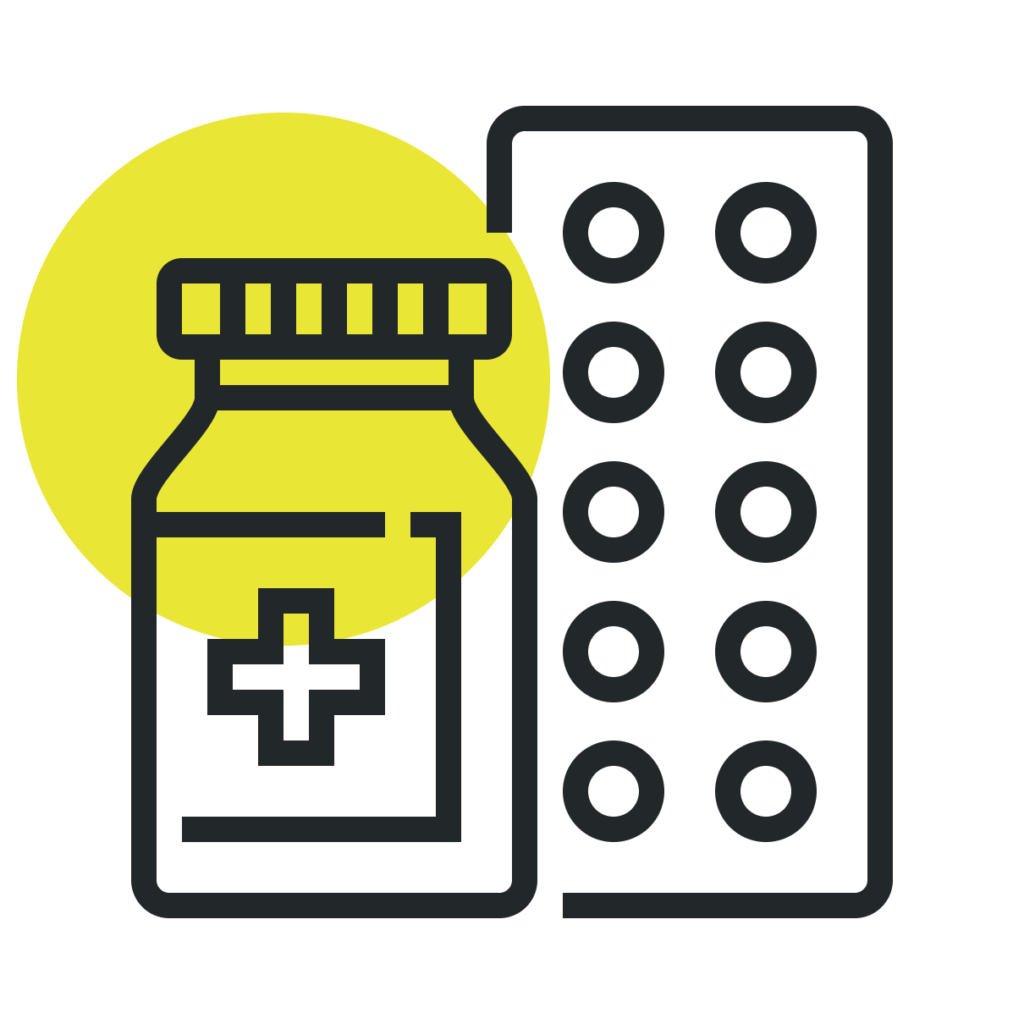The “Less-Is-Better” effect was first coined by behavioral scientist Christopher Hsee in 1998. In his study titled “Less Is Better: When Low-Value Options Are Valued More Highly Than High-Value Options,” Hsee conducted several experiments that demonstrated counterintuitive preference patterns.
In one experiment he had two groups of participants think about an ice cream shop.
One group was told that the shop was serving 8 oz scoops of ice cream in 10 oz cups, but the other group was told that the scoops were 7 oz served in a 5 oz cup.
The groups were asked to think about how much they would be willing to pay for the ice cream.
The results were pretty counterintuitive.
They showed that people were willing to pay more for the smaller yet overfilled cup than they were for the larger, underfilled cup.
However, when the groups were told that there were two shops selling both of the above options, this effect wasn’t seen.
The “less-is-better” effect only happens in some cases. Studies have found that it only occurs when options are evaluated individually. If options are side by side, the effect disappears because people can see the true value of both.
Conversely, when it comes to gifts, people often feel happier and more grateful when they receive gifts on their own, without the ability to compare to a second option.
Product marketing managers and growth designers who focus on selling and growing a product’s market share, especially in an early stage where there isn’t much name recognition, are the ones who should be studying this effect.
I listened to an episode of Melissa Perri’s podcast recently with Wes Bush, author of “Product Led Growth.” I couldn’t help but think about how this effect ties directly to how we market products and how, often, users’ perception of the product we’re building is more important than the actual value we might end up delivering when it comes time to decide to pay.
Companies might use the less-is-better effect by offering only one option in a category and charging a higher price. Or offering “freebies” to skew the perceived value, even though the additions aren’t really that valuable.
Customers aren’t stupid, though. Creating a perception of value could backfire if a customer figures out that there were better values to be had somewhere else. Be careful exploiting this effect as it might not create goodwill in the long term.
🎯 Here are some key takeaways:
Understand the context
During critique, showing two options next to each other might influence the way we judge the overall design. However, in a real-world scenario without the ability to compare, the actual experience of the product may differ.
Understand the perception of value
Remember humans are irrational. Offering a killer feature doesn’t mean people are willing to pay for it. Sometimes delivering the perception of value is just as important as delivering value.
Give time to think
Slow down how your potential customers make decisions. Give them what they need to make an objective decision about your product offerings versus competitors before pressuring them to purchase.
Prioritize essential features
Identify and focus on the core functionality that aligns with user needs and outcomes, rather than overwhelming users with excessive or unnecessary options. Avoid decision paralysis caused by excessive choices.
Highlight quality over quantity
Communicate the value, uniqueness, and benefits of a more limited selection to foster positive perceptions and user satisfaction.
📚 Keep exploring
To dive deeper into the topic of the Less is Better Effect and its implications for decision-making, check out these resources:



